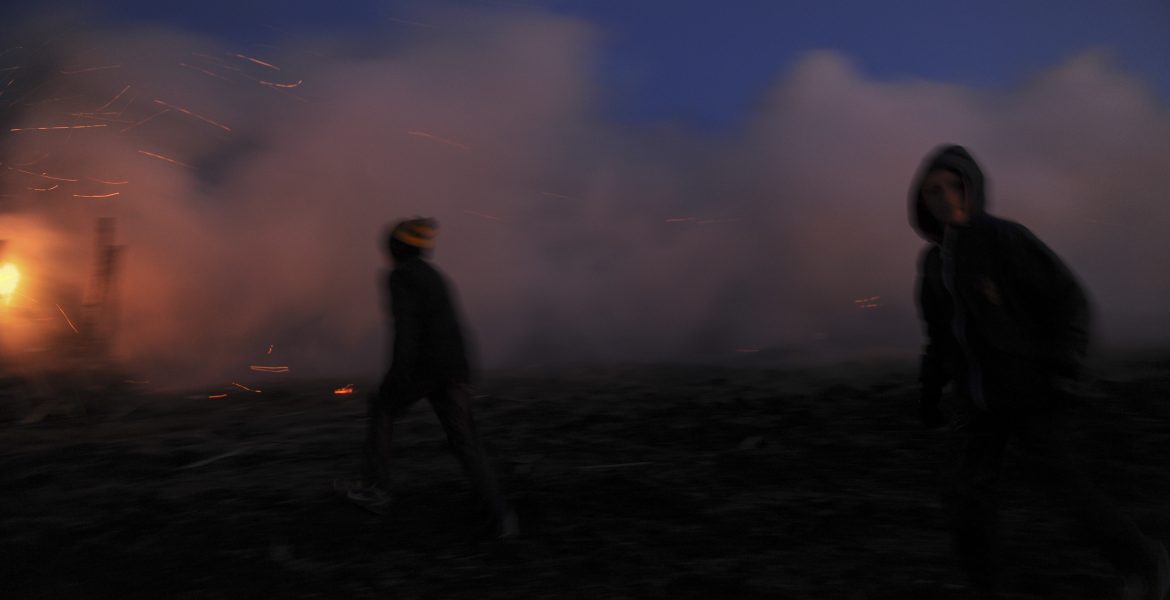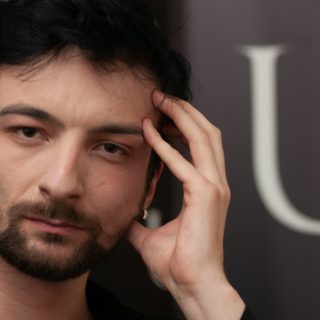A photographer’s journey through memory, grief, and truth
I remember the endless line of people: families carrying their children, the elderly struggling to take one more step, and the silence of fear that followed us everywhere.
By April 15, 1999, the war in Kosovo had reached new heights. That was the day my family and I were forced to leave our home in Mitrovica and seek refuge in neighboring Albania.
My 89-year-old grandmother walked nearly 30 kilometers before she could no longer continue. My oldest brother carried her on his back for several kilometers, until a young Serbian policeman stopped a truck full of fleeing refugees and ordered the driver to take her in. There was no room for the rest of us. The truck drove away.
That was the last time I saw my grandmother.
After the war, my father began digging graves along the side of that same road. He was searching for the remains of his mother, hoping to give her a proper burial.
He died still searching for her.
After three days of walking toward the Albanian border, we were forced to throw away our most precious belongings, including our family photo albums. By then, we could barely carry ourselves any longer.
For five days, we — along with many other families — were trapped inside a wood-processing factory in the village of Strellc, unsure if we would ever make it out alive. I remember how my twin brother and I, together with some of our friends, would sneak out at night to dig potatoes in a nearby field so we would not starve. We were children, but hunger made us fearless. Or maybe just desperate.
Five days after we first fled, Serbian police transported us by truck back to Mitrovica. They used us as human shields during the NATO bombings. They threw us into those trucks like sandbags, piled on top of one another, fighting to breathe as the air grew thin and the fear heavier.
On May 28, 1999, we finally managed to escape Kosovo and became refugees in Montenegro. When we returned home a month later, we found our house burned to the ground. Everything we had was gone.
Between April 20 and that moment, we moved constantly, never staying long in one place, hiding under roofs, listening to the chaos outside, praying they would not find us. We slept with our clothes and shoes on, never knowing when we might have to run.
The more we ran, the more we left behind the very things that made us who we were.
One thing that always comes to mind is the “Twin” photograph. It reminds my twin brother and me of how we used to dress identically when we were little. Now, that photograph represents not only our shared childhood but also everything we lost: our home, our memories, our innocence.
Like us, many children in Kosovo were forced to grow up overnight. From soccer fields, we ended up playing with wood-carved guns, mimicking a world of violence we barely understood but could not escape. We learned the sounds of tanks and planes before we learned the sounds of peace. Many children never got the chance to grow up.
During the war, more than 1,000 children were killed, and more than 100 went missing. In some towns, entire families vanished. In Gjakova alone, 112 children were killed — the youngest only a few months old. In the village of Poklek, over 20 children were massacred in a single day.
These numbers are not merely statistics; they are faces, names, stories left unfinished. Each one could have been my twin, my neighbor, or my friend. Or me. For those of us who were children then, the war never truly ended — it only changed shape. It lives on in memory, in photographs that no longer exist, and in the faces of those still missing.
Unlike many other children, I survived the war and became a photographer. In the early 2000s, I began documenting the stories of the missing in Kosovo — not only because of my grandmother, but because these stories belong to all of us. The project became a way for me to process loss and give visibility to others still searching for answers.
Photography is not only a tool of remembrance but also of justice. It is a way to preserve dignity, confront silence, and ensure that memory does not fade where truth is still waiting to be found.
These photographs were taken over the course of several years — mainly between the early 2000s and recent years — across different towns and villages in Kosovo and neighboring countries. They focus on families of the missing, the traces left behind, and the ongoing efforts to preserve memory and truth. They are a way of seeing the world through the quiet persistence of those who continue to wait.
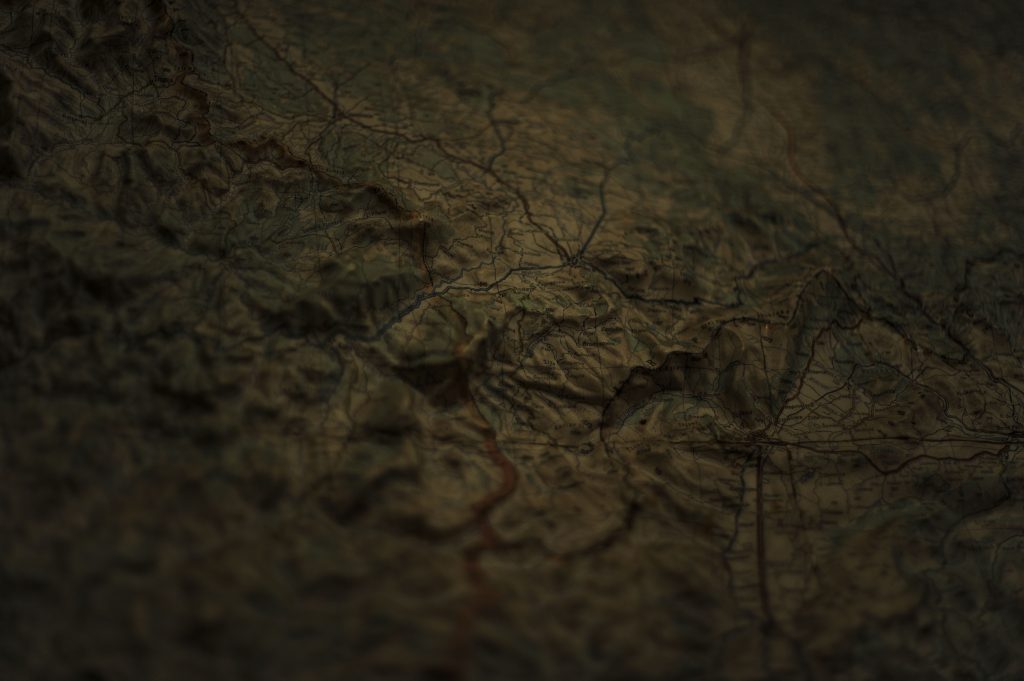


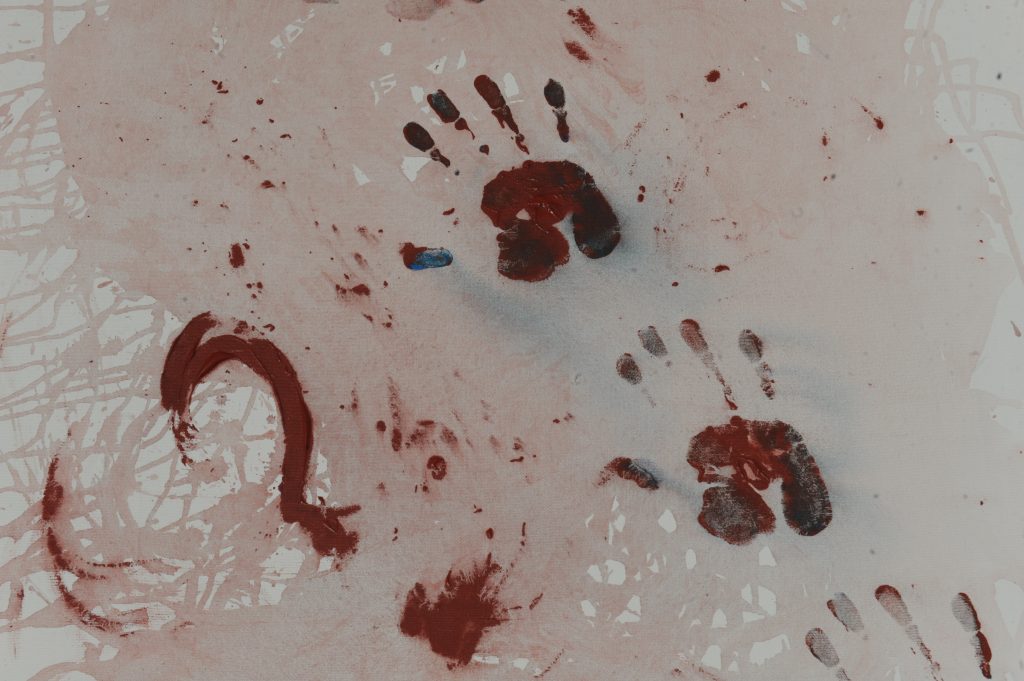
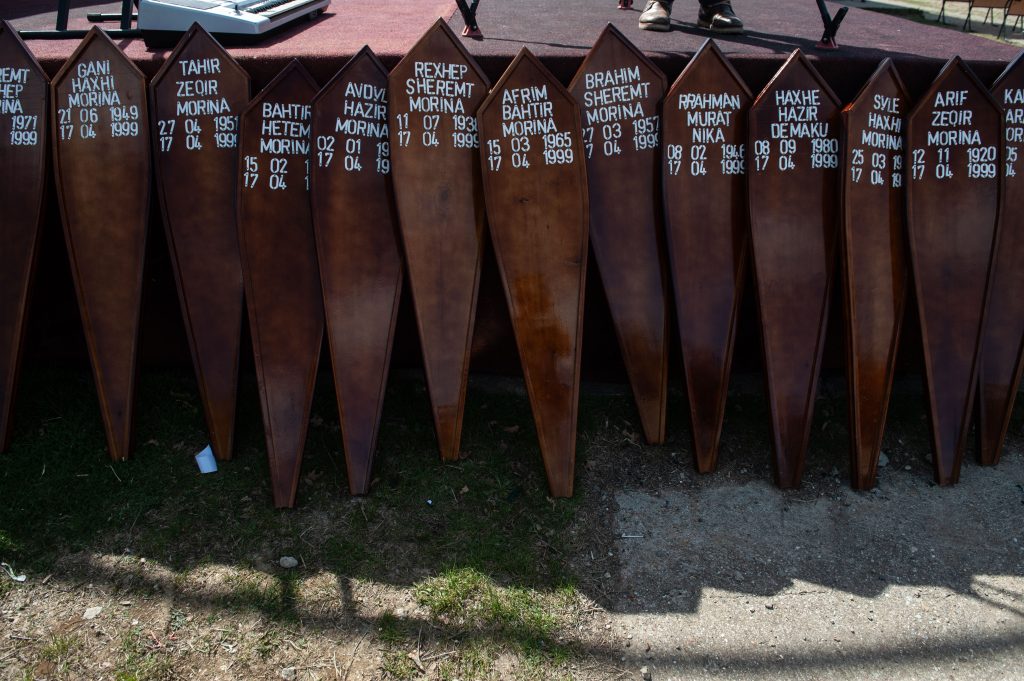
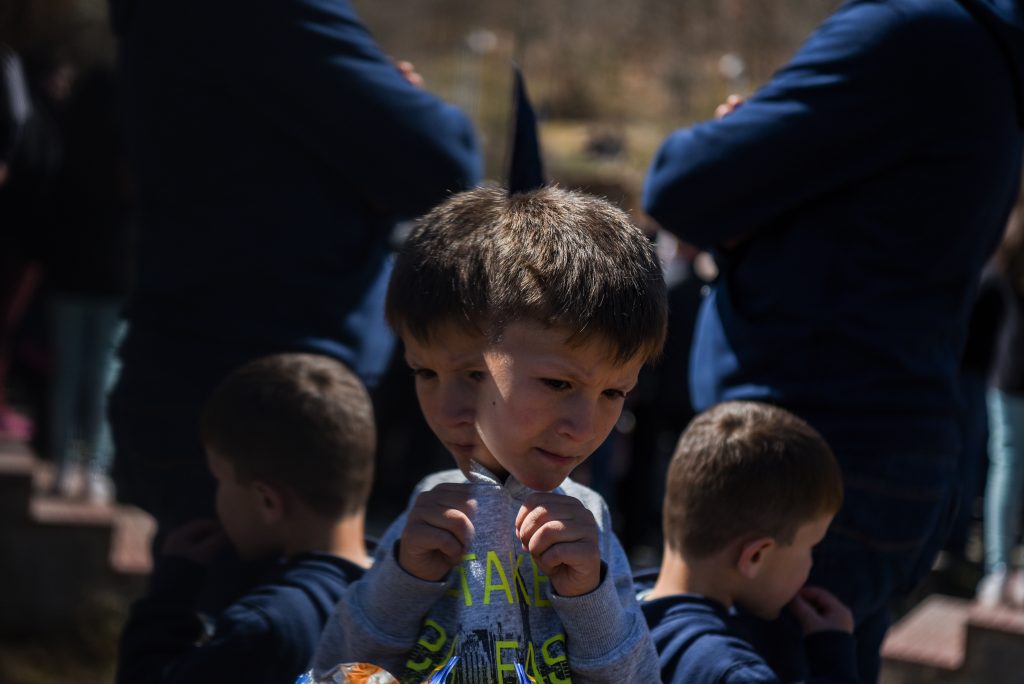
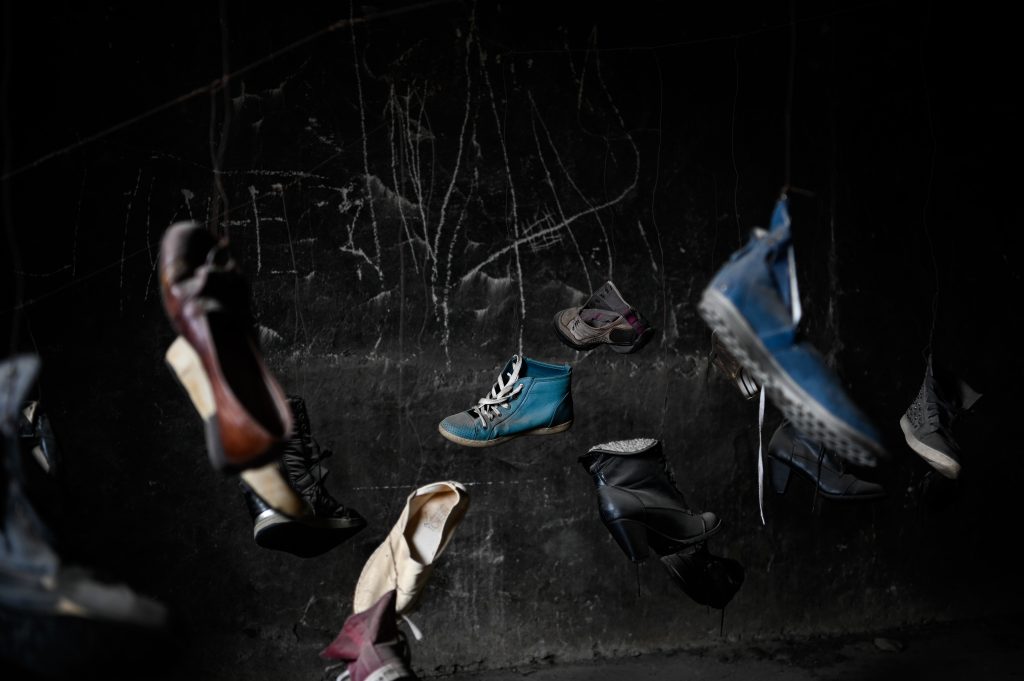

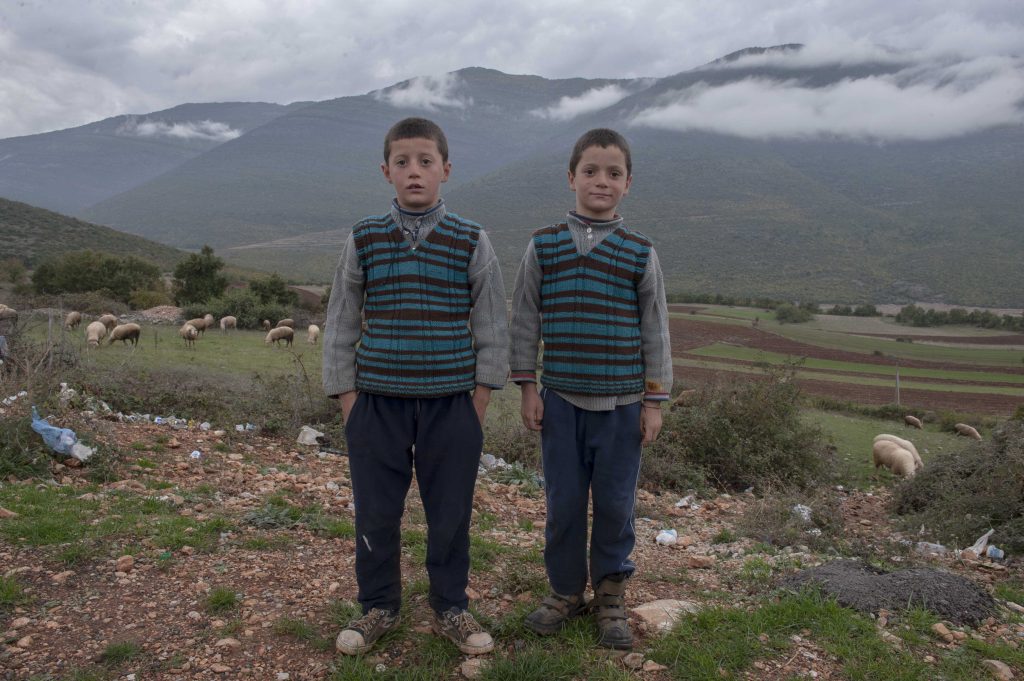
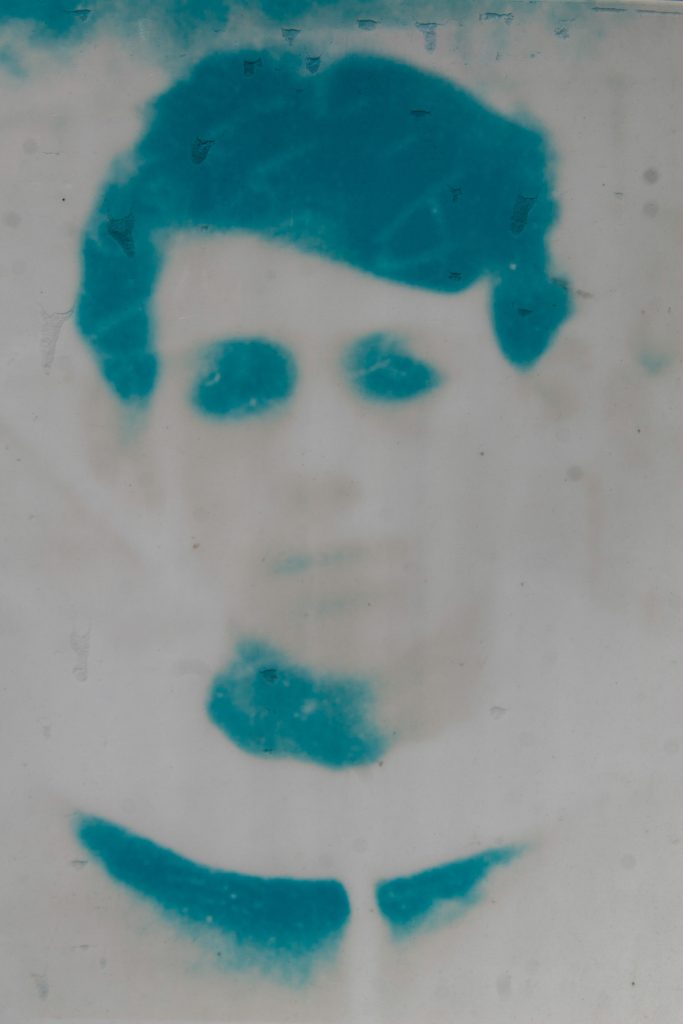

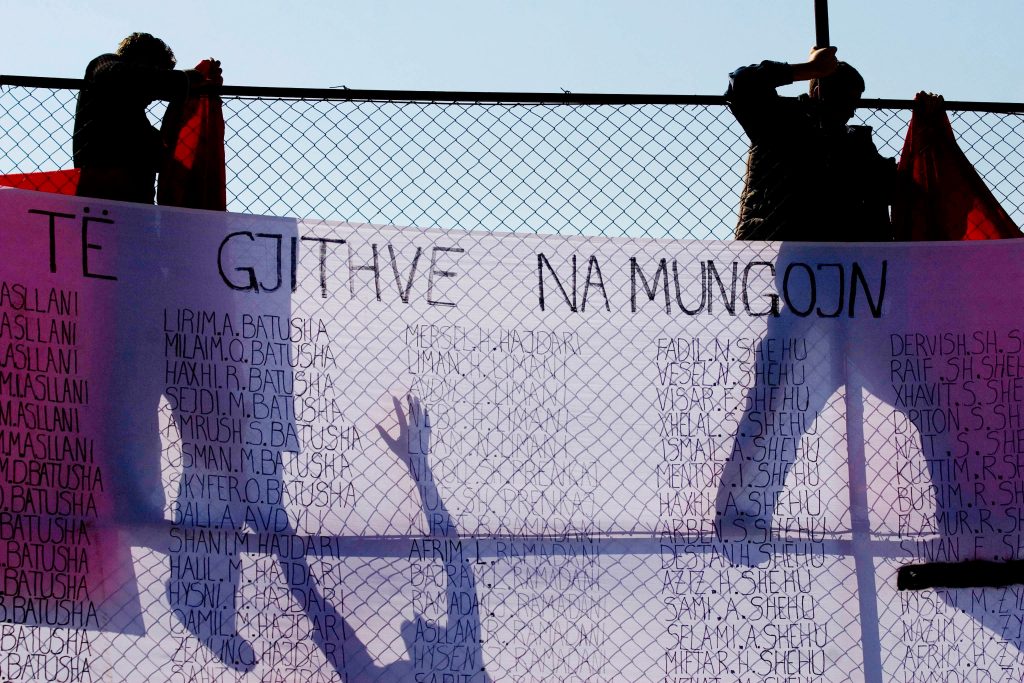

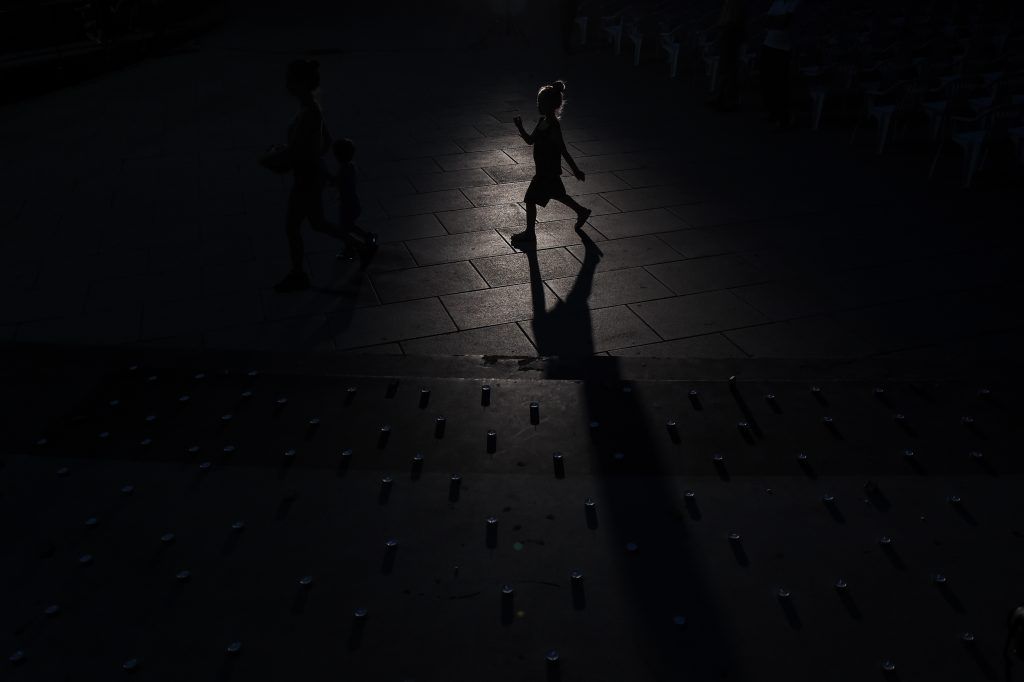
Armend Nimani is an award-winning documentary photographer known for his compelling visual storytelling on conflict, migration and social change. A regular contributor to Agence France-Presse (AFP) and The New York Times, his photographs have been published in some of the world’s most prestigious media outlets, including TIME, Le Monde, Die Zeit, Libération, Der Spiegel, The Guardian, The Wall Street Journal, Stern and National Geographic. He has received a prize from the National Press Photographers Association (NPPA), and his images have twice been selected among TIME magazine’s Top 100 Photos of the Year.
This story has also been published in Albanian on Telegrafi.com
